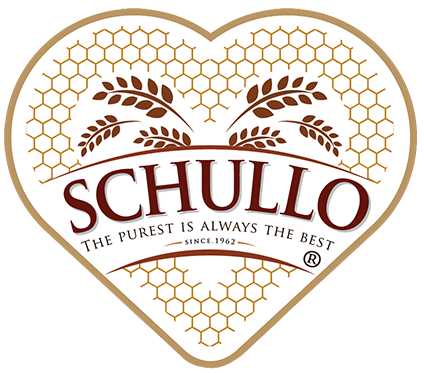Net wt. 1 oz/28 g
Watch the story of To’ak chocolate.
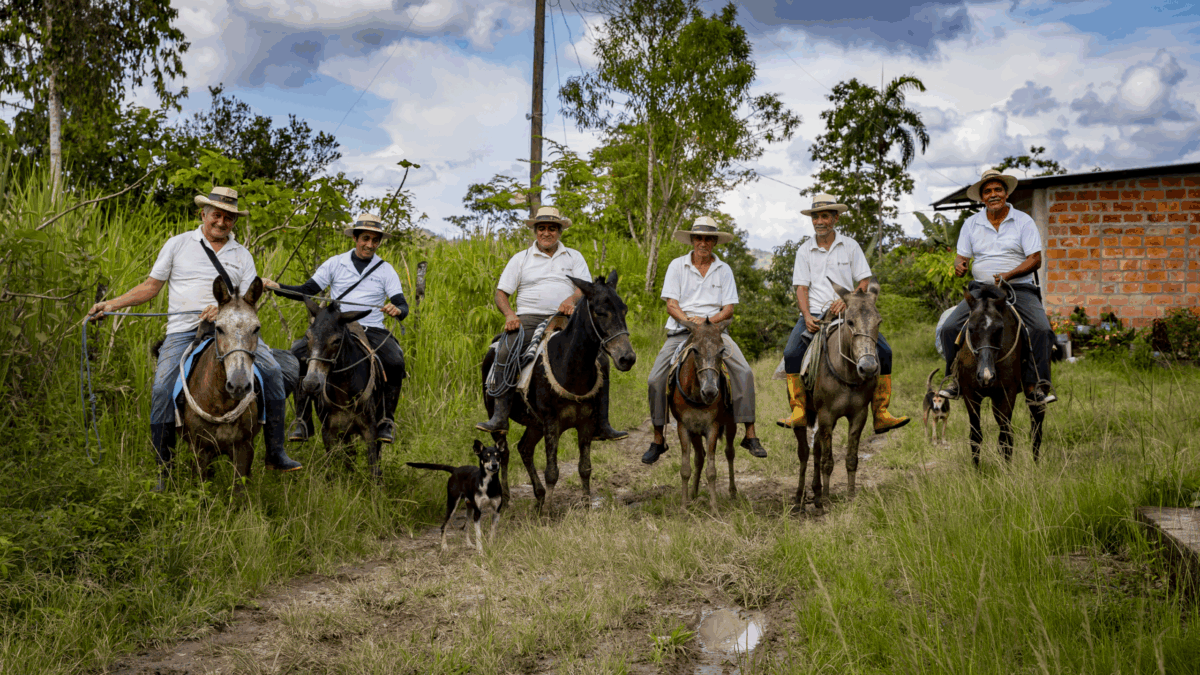
To’ak farmers heading to the harvest.
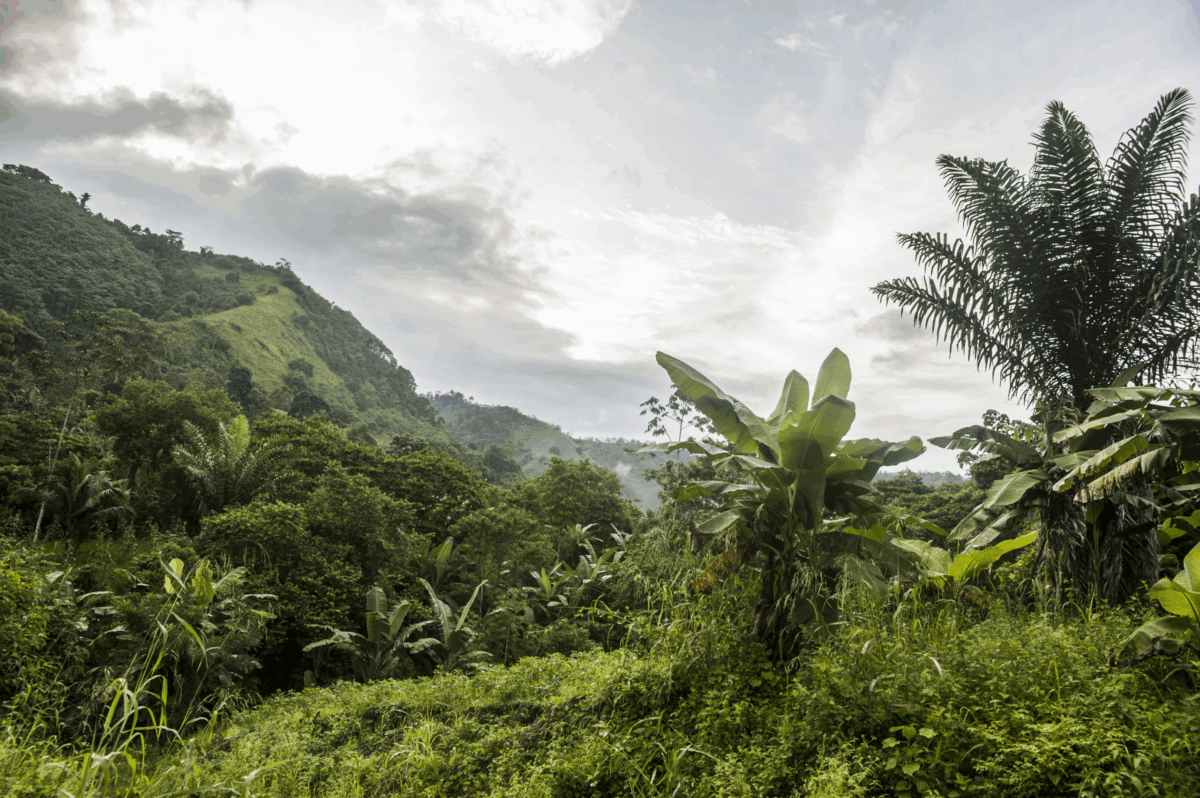
Piedra de la Plata region of Ecuador where the cacao is grown.
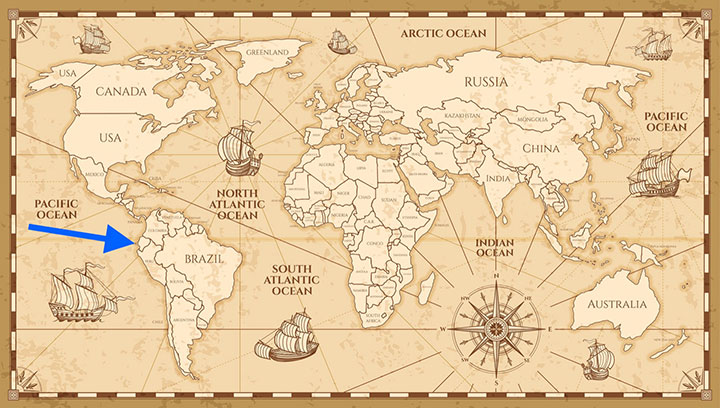
Ecuador on the world map.
$8.00
In stock
Net wt. 1 oz/28 g
Watch the story of To’ak chocolate.

To’ak farmers heading to the harvest.

Piedra de la Plata region of Ecuador where the cacao is grown.

Ecuador on the world map.
Our single-origin chocolate meets rare nuts from South America’s tropical forests with a blend of Cacay, Macambo, Sacha Inchi, and heirloom peanuts grown by the Shuar. This bar of exclusive To’ak chocolate is perfect for sampling this rare delight. To’ak is rightly known as the most expensive chocolate in the world with good reason.
To’ak chocolates are made from some of the rarest cocoa beans in the world “Ancient Nacional”, which traces its lineage back more than 5000 years. Ecuador is home to the first known cacao trees on earth. In the 1800’s Ecuador was producing, what was considered by European chocolatiers the finest cacao available. In the early 1900’s it was wiped out by a disease, and a century of hybridization followed. This ancient variety of cacao, “Ancient Nacional”, was thought to be extinct until recently. Some healthy trees were found still growing wild in the Piedra de Plata region of Ecuador.
This is where To’ak Chocolate comes in, along with rainforest conservation. In their own words “We’re using regenerative agroforestry to restore forest on degraded agricultural land. It’s a holistic reforestation project that combines cacao trees with a diversity of tall native shade trees, fruit trees, and other food crops. This boosts farmer incomes and local food security, absorbs CO2, and improves the overall health of the ecosystem. We call it Regenerative Cacao.”
We lead the world of chocolate in five distinct ways:
1. Environmental Impact. We harvest regenerative cacao and preserve the rarest and most prized cacao variety in the world. These sustainable practices help to conserve the soil, restore forests, and preserve biodiversity in Ecuador.
2. Social Impact. Working alongside our rainforest conservation partner Third Millennium Alliance, we work directly with farmers in Ecuador and pay cacao growers 3-8x the Fair Trade price.
3. Innovation. Since 2013, we have been leaders in the areas of sustainable cacao sourcing and transparency, chocolate making and aging, and chocolate tasting and pairing.
4. Luxury. We believe that nature is the ultimate luxury. We put the same care into preserving our environment as we do into making a single bar of chocolate.
5. Design. Within nature, every little detail has a purpose and every imperfection is beautiful. This is the inspiration behind all of our creations.
Most histories of chocolate cite Central America as its birthplace, but recent evidence has found that cacao was likely consumed by humans some 1,700 years earlier than previously thought—and some 2,000 miles south. In 2018, archaeologists from the University of British Columbia discovered traces of cacao residue, biomolecules specific to cacao (including theobromine and caffeine), and DNA evidence in ceramic vessels and stone artifacts used by the ancient Mayo-Chinchipe culture as far back as 5,300 years ago. Living in what is now southeast Ecuador, the Mayo-Chinchipe people enjoyed both the seeds and the sweet pulp of the cacao pod and consumed it for not only ceremonies and rituals but everyday nourishment.
Using Cacao to Reverse Deforestation. Click here to read about this great initiative in Ecuador.
Note: The addition of nuts can create a light whitening of the chocolate due to the crystallization of fats, a process called fat bloom. This does not affect the quality or flavor, which, like all of our chocolates, naturally evolves over time.
Net wt. 1 oz/28 g
Shipping calculated at checkout.
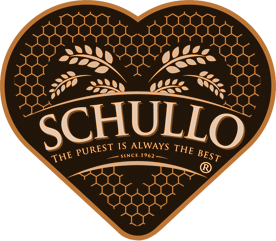
Join Our Mailing List
To receive occasional emails from Schullo All Natural Foods about new products, promotions and special offers.
